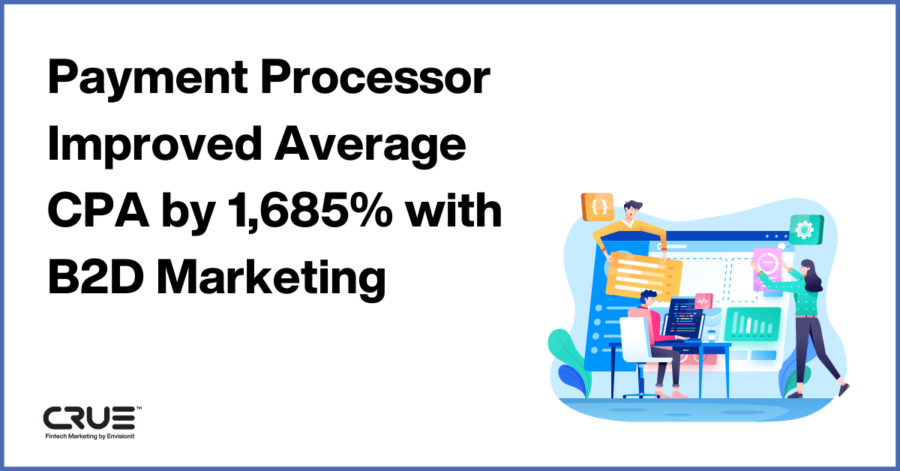Last week, I identified poor data hygiene practices that every company should look out for. Now that we’ve identified what you shouldn’t do, let’s take a look at what you could be doing with clean data and how it affects your bottom line. The following are just a few examples of analytics initiatives that require squeaky-clean data to perform.
1. Marketing & sales optimization
There are two types of marketing & sales teams out there: those that work in silos and those where marketing & sales are fully aligned. In siloed organizations, marketing and sales do not effectively work well together, and each marketing discipline is managed by different people who make optimizations based on their own data.
On the flip-side, fully-aligned organizations bring marketing and sales together, and bring all data into a centralized touchpoint to optimize tactics. Unified teams are not only able to optimize individual channels, but also effectively optimize spend and strategy across different marketing channels based on sales performance, reducing wasteful spend for campaigns that deliver lower ROI. This level of collaboration requires a strong data governance model along with clean data.
2. Buying cycle optimization
In a similar vein, the best marketing strategies are directly aligned with sales strategies. The conversion from a marketing qualified lead to a sales qualified lead to a customer involves numerous touch points, whether by web, email, phone or human interaction.
An effective marketer can create a marketing-to-sales strategy that delivers the right content at the right times using the right channels to effectively nurture the lead and accelerate buying decisions. However, the initial human-driven strategy will always be far from optimized. Optimization is accomplished by measurement and analysis of the buying cycle through a collaborative effort of clean data between sales and marketing teams using a data governance model.
3. Forecasting
Wouldn’t it be great to know what kind of results to expect when running different business strategy scenarios without investing tens of thousands of dollars in trial and error? Sales and marketing forecasting is possible to achieve, but it requires an abundance of historic, clean data across each data source that is interconnected in a way that is usable.
4. Customer churn analysis
Churn, the loss of customers over time, is arguably one of the biggest drivers of loss of profitability. Customers become more valuable the longer they subscribe to your services or offerings, so doing everything you can to retain customers is in a company’s best interests. Although some churn is inevitable, it can be reduced through data analysis by identifying when, where and how a customer is most likely to discontinue doing business with you. Churn analysis requires vast amounts of historic and consistent data collection efforts, which can easily be derailed by the failure to properly govern or warehouse data.
All of these initiatives could have an immense impact on your organization, helping your operations run more smoothly and optimizing your strategy. But each of these tactics require that your data is organized, up-to-date and in sync with all of your systems. One cog out of place could jeopardize your results. Moreover, these analyses require time—the longer the period you have to collect data, the more data you have to work with. So hop to it and start refreshing your data governance today!
- Tagged in:
- data analytics,
- strategy













